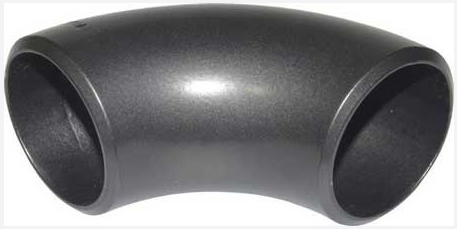I. Classification by manufacturing process

1. Push elbow (hot push elbow)
Schematic diagram: Shows the cross section of the elbow under the hot push process.
Process: It is formed by mold and high temperature push, and the inner wall is smooth.
Advantages: Low cost, suitable for mass production.
2. Forged elbow
Schematic diagram: Thick-walled elbow by forging process.
Process: The material density is increased by forging, and the strength is high.
Application: High-pressure and high-temperature pipeline systems.
3. Cast elbow
Schematic diagram: The rough inner wall structure of the cast elbow.
Process: Molten metal is cast and formed, and there may be pores.
Application: Low-pressure, non-critical pipelines.
II. Classification by connection method
1. Welded elbow
Schematic diagram: The two ends of the elbow are grooved and ready for welding.
Features: Good sealing, suitable for high-pressure systems.
Type: Butt weld elbow, socket weld elbow.
2. Threaded elbow
Schematic diagram: The elbow has internal or external threads at both ends.
Features: Easy to disassemble, but poor sealing.
Application: Low-pressure water pipes, gas pipelines.
3. Flange elbow
Schematic diagram: Flanges are welded at both ends of the elbow.
Features: Bolted connection, convenient maintenance.
Application: Large industrial pipeline system.
III. Classification by curvature radius
1. Long radius elbow (LR Elbow)
Schematic diagram: Curvature radius = 1.5 times the pipe diameter (R = 1.5D).
Advantages: Small fluid resistance, suitable for high-speed flow systems.
2. Short radius elbow (SR Elbow)
Schematic diagram: Curvature radius = 1.0 times the pipe diameter (R = 1D).
Advantages: Save space, but the pressure loss is large.
IV. Special types of elbows
1. Reducing elbow
Schematic diagram: The pipe diameters at both ends of the elbow are different (such as DN50 to DN32).
Application: Scenarios where the pipe changes diameter and direction.
2.
Elbow with reinforced ribs
Schematic diagram: There are reinforced ribs on the outside of the elbow.
Use: Enhance mechanical strength, suitable for environments prone to impact.

